The innovations transforming the future are all about AI and the extensive use of LLMs. Investors took less time to understand how a simple Large Language Model can be utilized for writing and marketing purposes.
If you are new to understanding the diverse use of artificial intelligence then let us brief you that an automation model can be used for creating images, videos, and texts. You input a command into the software, and it generates different types of content by understanding the context through its machine-learning model.
LLM has vast capabilities due to which top brands have emerged that promise accuracy and efficiency such as GPT-4, Google Gemini, and Cohere. We are going to explore the evolution, key components, concerns, and 5 LLM models in this article.
LLM or Large Language Model is primarily an AI tool, an expert in generating content for various uses. They are based on transformer architecture and trained on maximum amounts of text data to understand and produce human language.
Imagine hiring a personal assistant who listens to your requirements and then automatically gives accurate results like answering questions, creating a product review, or even writing an essay.
They are advanced machine learning models that can also predict the next word in a sequence during the training process. The type of work they are capable of are: replying to questions, generating coherent text, translating language, and even assisting in code-writing.
FUN FACT
In 1966, MIT computer scientist Joseph Weizenbaum developed ELIZA, a program that simulated conversation using natural language processing algorithms.
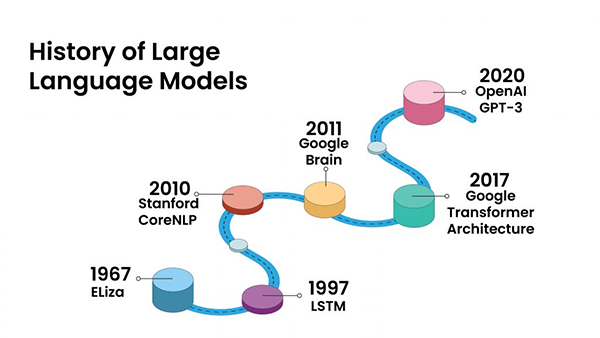
When ELIZA, the first language model was introduced, it was only used as a chatbot. As the advanced IoT took shape, engineers also created more models to match the demand of the growing industries on technology.
In the late 20th century, the emergence of neural networks inspired deeply to mimic human brain functioning, proved to be a game-changer. Soon, Recurrent Neural Networks (RNN) gained instant popularity.
The advantage of RNN was that they could remember previous inputs from their trained memory and also answer questions based on context. This also led to the emergence of NLPs or Natural Language Processing methods.
Transformer architecture was launched by Vaswani et al. 2017 and colleagues of a Google team as mentioned in the famous paper titled ‘Attention Is All You Need’. Thus, it was a new type of coding that relied on an attention mechanism to process sequences.
Accuracy and speed are the two key factors of LLMs that are transforming the way AI is utilized in many industries. Essentially, the role of the language model is to provide a better understanding of the context instead of simply relying on static question-and-answer forms.
Its advanced model of LLM harnesses the power of predictive and generative AI to generate more accurate and industry-specific results. There are two basic ways that LLMs are utilized, as stated below:
Online marketing is high on the list of all marketers, and it’s used to produce more creative content. It can be modified according to a particular industry to craft an impact on the target audience.
From school students to college graduates, and content creators to corporate employees, anyone can use it for their formal or informal work. It can write academic essays as well as produce ideas for a topic.However, users who want to ensure their AI-assisted drafts sound natural can run them through an AI checker before publishing to maintain authenticity and credibility.
Businesses all over the world have understood the importance of using LLM models for improving customer interaction. Through the use of AI chatbots integrated into a brand’s website, users can ask questions as well as provide valuable feedback. This helps industries improve their products and services.
The role of LLMs in language interpretation cannot be ignored. LLMs can also facilitate the operations of language interpretation services. Agencies can help their clients meet the needs of customers or patients with support from LLMs. In fact, the best video remote interpreting service caters to customers with diverse language preferences and proficiencies, resulting in high customer satisfaction rates for businesses.
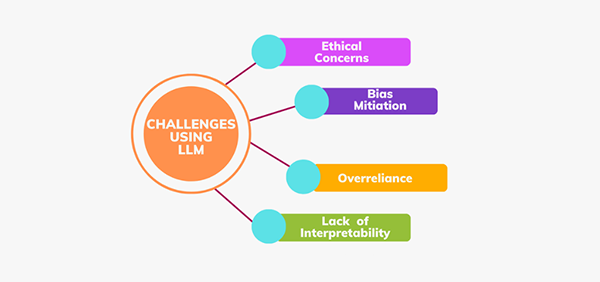
With so many advantages of LLMs, it’s difficult to imagine any discrepancy in its workings. Since technologies need constant upgrades, this model is always a work in progress. Among tech experts and customers on the receiving end, the debate around language models is on the issues of ethics, bias, context, and sustainability.
As the world struggles with hacking and malware issues, robust security is urgently required, with strict government regulations and punishments for hackers. Moreover, inclusivity and diversity should be promoted to counter the challenges related to language models. As LLM-generated content becomes more prevalent, tools like an AI detector help educators and publishers verify whether text was created by humans or machines.

Considering the evolution and advantages of LLMs, businesses with tech experts are developing unique AI features and capabilities. Here is an overview of some of the most recognized and popular LLM models in the field.
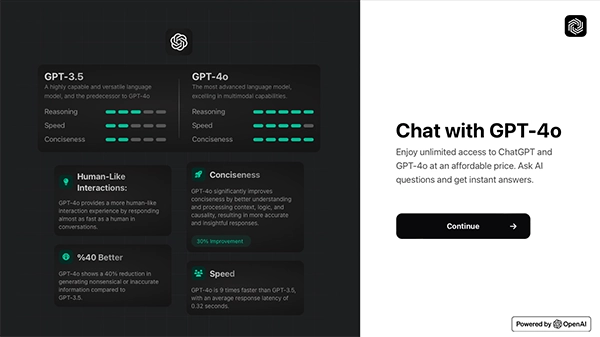
The first one to launch an advanced version of the language model was OpenAI. Its GPT-4 and GPT-4o have improved speed, lower costs, and multimodal capabilities.
Does faster speed matter in LLMs? Yes, it makes a lot of difference, since it indicates a software’s capacity to research in-depth from several online portals and generate accurate content.
It is also multilingual, bringing inclusivity and breaking language-related barriers, attracting more investors and users from all over the world.
DO YOU KNOW?
It takes about 1.76 trillion tokens for training GPT-4 which is equal to a person reading for 22,000 years to read through 1 trillion words at normal speed for 8 hours a day.
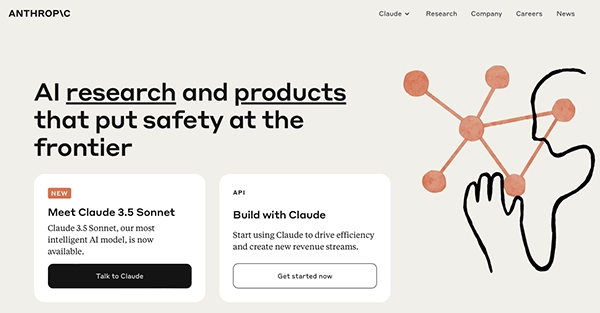
Claude 3.5 has a state-of-the-art performance for a wide range of tasks. It caters to undergraduate, academic students, and professionals because of its advanced coding mechanisms. Many businesses prefer this software as it can accurately understand the context and grasp humor and complex instructions.
It has superior problem-solving functionality to produce results that are personalized to specific industries in less time.
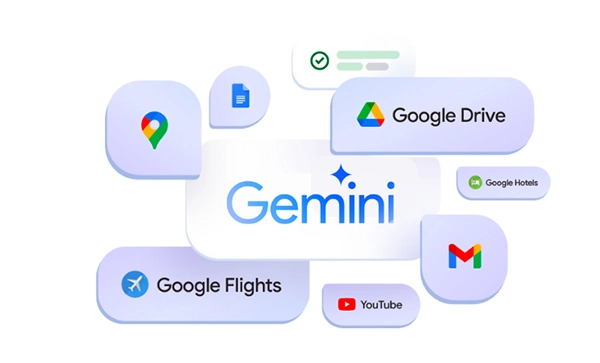
If you are new to using any type of AI or LLM, then you should start with Google Gemini. Though many doubt its accuracy, especially when creating images, it is still a good software to try. It is a great tool for generating short-form text, editing existing content, and asking basic questions.
However, since it is a Google product, it seamlessly integrates with other Google apps like Google Drive, Gmail, GPS, etc. It has a voice and image search feature integrated with artificial intelligence that can generate results from the huge Google database.
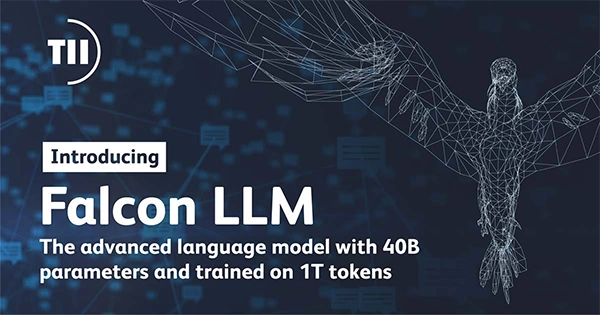
Just like the name suggests, Falcon LLM has strong features that generate clear and accurate results. The company is proud to promote it as using less computational power for text generation and analysis. Anyone can use it for free to improve their writing or get more creative ideas for their work.
It also excels in interactive engagement to gauge the user’s precise requirements, producing content using fewer prompts. In this way, Falcon addresses the sustainability factor contributing to a safe environment.
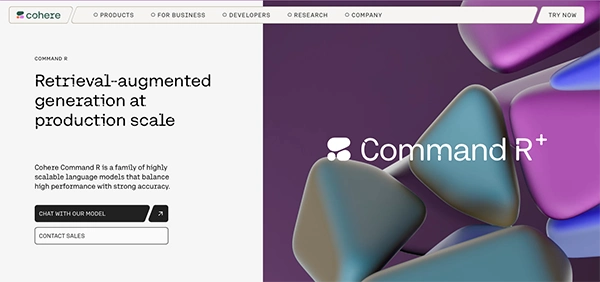
If you are looking for software that specifically works for business professionals, then trust Cohere Command. It specializes in conversational interactions and long-context tasks, assisting marketers in crafting valuable content.
It is optimized for RAG or Retrieval Augmented Generation workflows and multistep tool use, adaptable for diverse enterprises. With its multilingual capability, it can answer and translate many languages. Moreover, it also provides users with citations indicating the exact source.
Here’s an overview of Top LLMs as discussed above:
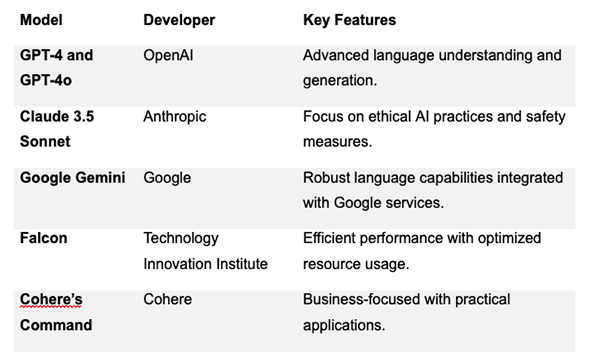
If the internet was a tech revolution that brought everyone closer through communication and network channels, then LLMs in AI are the next big thing. Through its features like understanding the context, predicting the word sequence, translation, and multilingual model, it is transforming content creation.
For businesses, it means leveraging the language model to produce structure and ideas for their promotions. In another sector, this software is bringing convenience and accuracy to work. With their faster and more in-depth research capabilities, LLMs are paving the way toward a brighter future.
